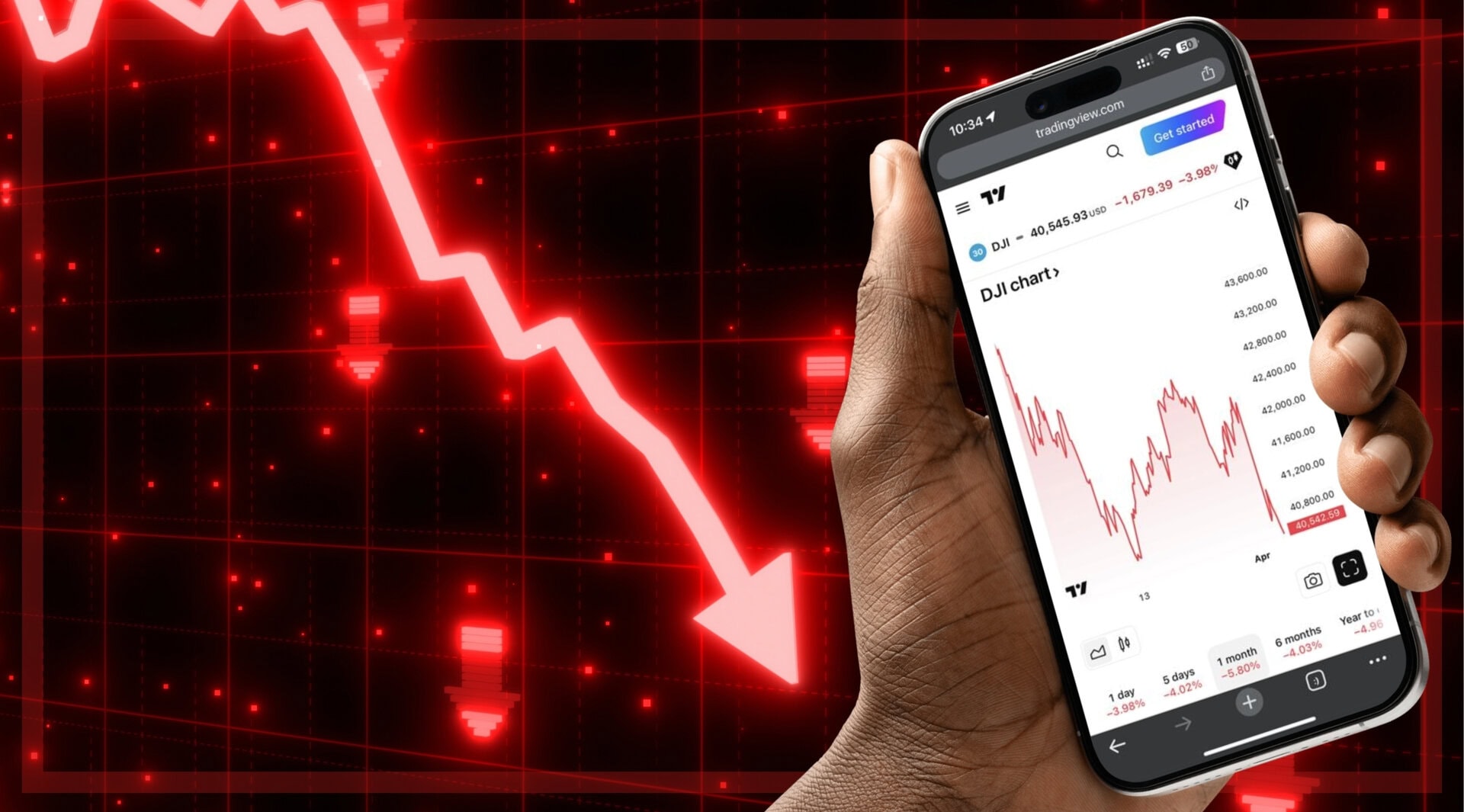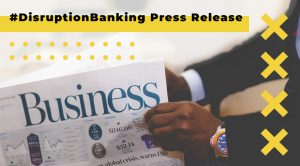The concept of a business roadmap has been with us for a long time. More recently you may have also come across the term ‘roadmap’ when it comes to Fintech, Data or ESG. To help explain the trend in 2018 the European Banking Authority (EBA) published its Roadmap on Fintech. The priorities were clear. To monitor the regulatory perimeter and emerging trends. whilst promoting best practices, addressing consumer issues and identifying AML risks.
The report also stipulated how “fintechs also open up new channels for small and medium-sized enterprises (SMEs) financing and facilitate the access of such firms to cross-border and business-to-business payments, lending, working capital, cash flow management, invoicing and accounting, among other service.” The statement confirms that SMEs are a focus area for any fintech roadmap.
Fast forward to 2024 and the EBA is just one of many institutions who have laid out a fintech roadmap. It has become abundantly clear that asset managers, banks and regulators are seeing the use cases and benefits of digital assets and blockchain. UX and embedded finance have shown how quickly financial institutions can scale. As for stablecoins… they are just getting started.
Is Africa at the Centre of Fintech Innovation?
Today we wanted to share a few of the larger initiatives taking place around the world when it comes to fintech roadmaps. And, when it comes to digital transformation of financial services you must look at Africa in the first instance.
Amazing growth in #Fintech investment in Africa in 2023. This happened during a time when global equity funding dropped by 26% y-on-y from 2022 to 2023. Africa is building a #RoadMap for Fintechs. Are you following the story? https://t.co/8tLFlatKtx pic.twitter.com/hoOoC5r4BI
— Digital Startup (@digitalstartup5) July 24, 2024
Africa has not had the benefit of a mature banking market. In many countries cash was still the dominant method of payment when VISA and Mastercard had already become the dominant force in the U.S. and Europe. This need to embrace fintech, in turn, has seen substantial investment in countries such as Rwanda, Nigeria, Kenya, Senegal and South Africa, to name a few. Ghana is another country that is working hard to create a fintech ecosystem.
“The Ministry of Finance is finalizing a small and medium-sized enterprises financing strategy which has components such as direct lending to SMEs, providing guarantees to financial institutions, reducing the cost of borrowing and supporting skills and innovation in the SME ecosystem through fintechs,” Ghanaian Minister of Finance Mohammed Amin Adam said in May.
Why SME Lending is an incremental part of any Fintech Roadmap
This link between fintech and SME lending is a common theme. In 2022 our editorial team spoke to Martin McCann, Founder and CEO of Trade Ledger. He told us that there was a 30% mismatch between supply and demand for working capital around the world.
Martin highlighted how he didn’t believe that 30% of business around the world are not creditworthy. He pointed to credit models as one of the areas to improve.
This problem has persisted. In 2023 the European Central Bank (ECB) published the results of a Survey on the Access to Finance of Enterprises (SAFE) in the euro area. One of the points of the survey was how euro area firms reported that the availability of external financing had deteriorated slightly. Bank loans availability was down by 5% and credit lines down by 2%.
The results of the Survey on the Access to Finance of Enterprises (SAFE) in the #euroarea for the period from October 2021 to March 2022 indicate that the recovery in firms’ #economicactivity continued #ECB #SMEs https://t.co/tkk9Ti1Bva pic.twitter.com/MOnCKEgiSQ
— #DisruptionBanking (@DisruptionBank) June 1, 2022
Spain and Italy were markets that the survey specifically highlighted as having recent deterioration in financing conditions.
If SMEs are facing challenges in the euro area, what must be happening in emerging markets?
SME Lending, Roadmaps, and Emerging Markets
One of the most important organizations involved in nurturing fintech ecosystems is the International Finance Corporation (IFC). The organization is a member of the World Bank Group and is the largest global development institution focused exclusively on the private sector. The IFC connects economic development with humanitarian needs.
Ivan Mortimer-Schutts, Consultant at the IFC recently highlighted the role of national currencies and payment systems as essential public goods for consumers and businesses to participate in the economy. Ivan added how “to serve its purposes, governments need to foster a vibrant yet secure ecosystem that harnesses private sector incentives to meet the needs of diverse users of the payment system. This inevitably requires collaborative efforts and governance arrangements that carefully balance the different aims and objectives of policymakers as well as the interests of industry and society, proactively seeking to integrate new forms of money, payment services and institutions.” Basically, what governments need is a roadmap is what Ivan was trying to show.
The IFC has made great inroads into helping governments with this task. In the Western Balkans the IFC helped boost digital infrastructure in January. This has helped mobilize private capital. In Kazakhstan the IFC has invested in Shinhan Finance to support smaller businesses. The financing will mean that much-needed longer-term loans are made available to smaller enterprises. Additionally, 25% of beneficiaries of loans are earmarked to be women-owned small businesses.
In Ukraine the IFC, EU and Credit Agricole Ukarine announced in December 2023 a new €40 million equivalent risk-sharing facility to boost access to finance for Ukraine’s small and medium enterprises.
Women-led Businesses in Focus
Women-led businesses are a focus for the IFC. In a report from May this year it was highlighted how “accessing trade financing presents greater challenges for women because they operate informally, so they are excluded from public records which are used by financial institutions to assess customers before extending trade financing. They often lack sufficient collateral, as they generally own fewer assets; and on average they tend to be smaller and younger, which means that they have shorter credit histories.”
An area of improvement is credit reporting systems in Europe, a topic that has been on the agenda since at least 2018. The IFC can assist financial regulators in establishing and / or reforming their credit information systems (CIS). In fact, the IFC has already helped the central banks of Ethiopia and Madagascar by partnering with them to strengthen the public credit registry and improve credit reporting and increase access to finance for individuals and small businesses.
What about the Fintech ecosystem in Spain?
In the ECB’s survey it was highlighted how Spain and Italy were particularly struggling with SME financing. Both economies have faced their challenges of late, however Spain has a bigger role to play in the fintech ecosystem due to several factors.
Banco Santander, Spain’s leading bank, is the fourth largest bank in Europe by assets. Much bigger than Italy’s largest bank UniCredit which sits in 15th place. Another large Spanish bank, BBVA, is the 16th largest bank in Europe.
Allfunds, BBVA’s OpenBank, and Verse are some of the fintech startups that hail from Spain. Ebury was another one that has since been acquired by Santander. The eco-system looks healthy. Payflow and Kintai are two Spanish fintech platforms specifically focused on lending. These platforms use alternative credit decisioning mechanisms, often resulting in more competitive rates and quicker processes.
It seems that with the backdrop of a supportive regulatory environment Spain has the chance to achieve success. There appears to be some sort of roadmap in place addressing some of the needs of both SMEs and consumers. It might just need time.
Is the Future for SMEs Bright?
There is a dialogue in place between governments and the private sector in many countries. Whether it’s improving the fintech ecosystem, increasing access to funding, or improving credit reporting systems, things are moving forward.
Organizations like Innovate Finance in the UK, Elevandi in Singapore, or the European Digital Finance Association are all pushing for more collaboration between business and the public sector. Successes are still few and far between, however there do seem to be improvements year on year. Much will depend on the leaders of individual fintech associations, regulators, central banks and financial institutions. Whether these stakeholders can put aside their individual priorities and, instead, focus on the needs of SMEs is the question. Let’s hope this happens sooner rather than later.
Author: Andy Samu
See Also:
The systemic need for Working Capital amongst FinTechs | Disruption Banking
Central Eastern European Fintech Associations gather at Unchain Festival | Disruption Banking















